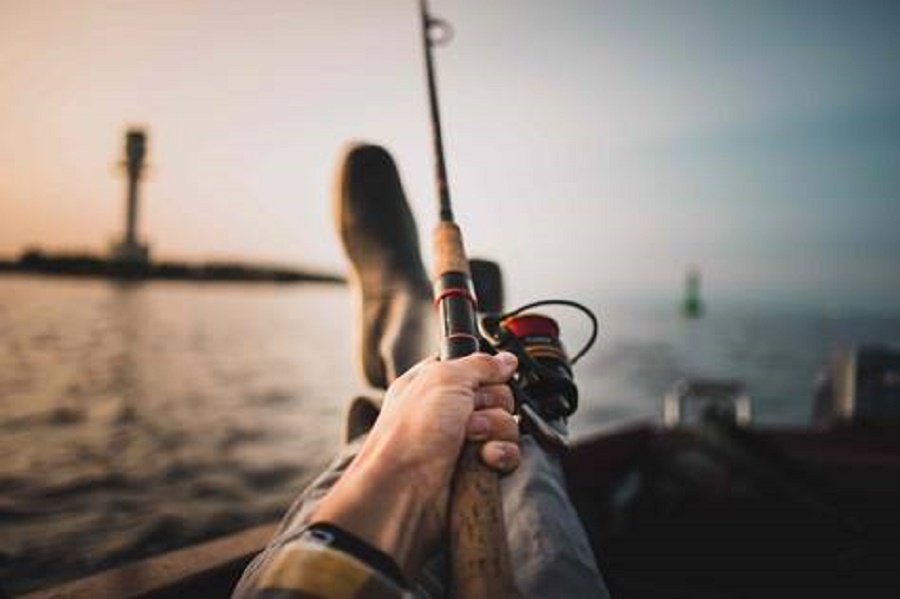Argyll and Bute covers the second-largest administrative area of any Scottish council. The council area adjoins those of Highland, Perth and Kinross, Stirling and West Dunbartonshire. The administrative centre for the council area is in Lochgilphead at Kilmory Castle, a 19th-century Gothic Revival building and estate.
Scotland’s Adventure Coast. Explore Scottish places that are remote, secluded, unspoiled and wild. If you are a lover of space for calm and solitude or to have an exhilarating adventure, it’s all here for you on the west coast of Scotland, in abundance. Argyll and the Isles is a glorious coastal region of glittering sea lochs, islands, hills, forests and glens just waiting to be explored. Destinations that are distinct in character and offer a unique experience. From surfing to kayaking, quad-biking to mountain biking, get off the beaten track and find your own adventure.
Go island hopping, walk in the wilderness, breathe pure air, watch magnificent sunsets and see starry skies that will take your breath away. You’ll also discover incredible wildlife, a rich Highland history and fabulous local food. Dine on the freshest seafood and savour some of the world’s most famous Scotch whiskies.
Bordering Loch Lomond and the Trossachs to the East and stretches of islands out across the west coast, Argyll and Bute is one of Scotland’s most naturally diverse locations. Whether it’s the charming seaside haunt of Oban or the highlights of the Hebrides like Jura, Islay and Mull, there truly is something here for everyone who visits. Here, the beauty of nature is the foundation on which everything is built, from sandy beaches to dense forests to stretches of coastal wilderness that evokes plenty of drama. There’s plenty to see and do here. Soak in its expansive history at one of its many castles, see where 48 ancient Scottish kings were buried at Iona Abbey, or test your walking ability on the West Highland Way, which passes directly through Argyll & Bute.
